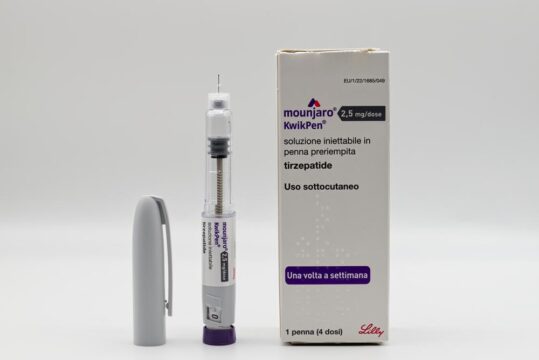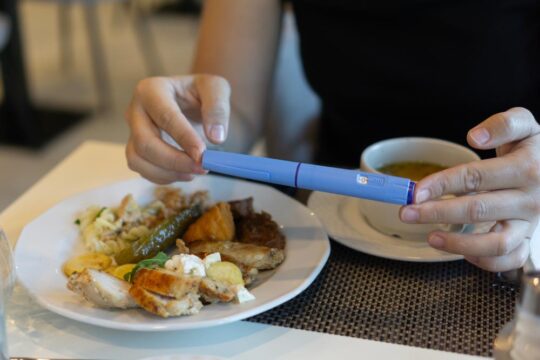Advertisment
What the OpioidHALT pilot study tells us

The results of the OpioidHALT pilot study show that 90% of patients reduced their opioid doses by at least 50% compared with 17% in the control group and emerging findings hint at longer-lasting effects, Jonathan Penm explains.
The initial consultations in the OpioidHALT study – when the opioid tapering plans were developed took about one hour. Follow-up appointments started one week after each dose reduction to check on progress and safety; these were typically shorter, explains Dr Shania Liu. Opioid withdrawal symptoms were one obvious concern. Dr Liu emphasises that the tapering rate was very gradual to minimise the risks of opioid withdrawal and patients were educated about what to look out for and how to overcome withdrawal symptoms. “If necessary the patient was put back on a higher opioid dose to ….. ensure that patient safety came first”, she says. In fact, all adverse events were recorded during the study.
OpioidHALT findings
OpioidHALT was a pilot study designed to determine whether the intervention delivered by pharmacists led to successful tapering of opioid doses, explains Dr Jonathan Penm. “We also found that currently GPs or primary care physicians are generally responsible for opioid tapering, but that’s not their happy place – they were not comfortable, they did not want to spend their time on that”, he says. However, pharmacists were keen to undertake this work. The results showed that in the intervention group 90% of patients tapered their opioid doses by at least 50% before surgery compared with17% in the usual care group. “As a researcher it’s very rare to see such large differences – 17% versus 90%”, says Dr Penm.
Although the pilot study was not powered to evaluate other outcomes, some of the emerging findings suggest important impacts. Those patients whose opioid doses were tapered before surgery consumed fewer opioids in hospital and received smaller quantities of opioids at discharge. In addition, the length of hospital stay was shorter (4 days versus 5.6 days) in the intervention group. Three months after the surgery those in the intervention group were much less likely to be taking opioids than those in the control group. They also had improved physical function and improved overall body pain intensity. Dr Penm notes that “it’s not powered for that so we do have to be a bit cautious – but these are very promising results”.
About Dr Shania Liu and Dr Jonathan Penm
Dr Shania Liu BPharm (Hons), GradCertEdStud (Higher Ed), PhD, FSHP, FHEA completed her PhD at the University of Sydney looking at a pharmacist-led opioid tapering program for patients undergoing total hip and knee arthroplasty. Currently, she is a post-doctoral research fellow working at the University of Alberta in Canada where she is leading two large randomised trials looking at pharmacist-partnered management of chronic conditions such as cardiovascular disease. She also continues to be involved in the pharmacist-led opioid tapering work looking at the impacts of opioid tapering before hip and knee replacement surgery.
At the 2024 FIP Congress Dr Liu was awarded the International Pharmaceutical Federation Early Career in Pharmaceutical Practice Recognition Award. The purpose of the award is to recognise an outstanding early career pharmacist who has made important contributions to their field of practice at a national level, and who is emerging internationally.
Dr Jonathan Penm BPharm (Hons), GradCertEdStud (Higher Ed), PhD, FFIP, FSHP, FPS, FHEA, FANZCAP (PainMgmt, Research) is a senior lecturer at the University of Sydney School of Pharmacy in Australia. He is involved in both teaching and research and is also affiliated with the Prince of Wales Hospital, where he is involved in research with the pain team. His area of interest is evaluating hospital pharmacy services to reduce patient harm and the need for hospital care. He currently runs several randomised controlled trials and is the Principal Investigator for OpioidHALT II.
Read and watch the full series on our website or on YouTube.
This episode of ‘In Discussion With’ is also on Spotify. Listen to the full podcast now.





